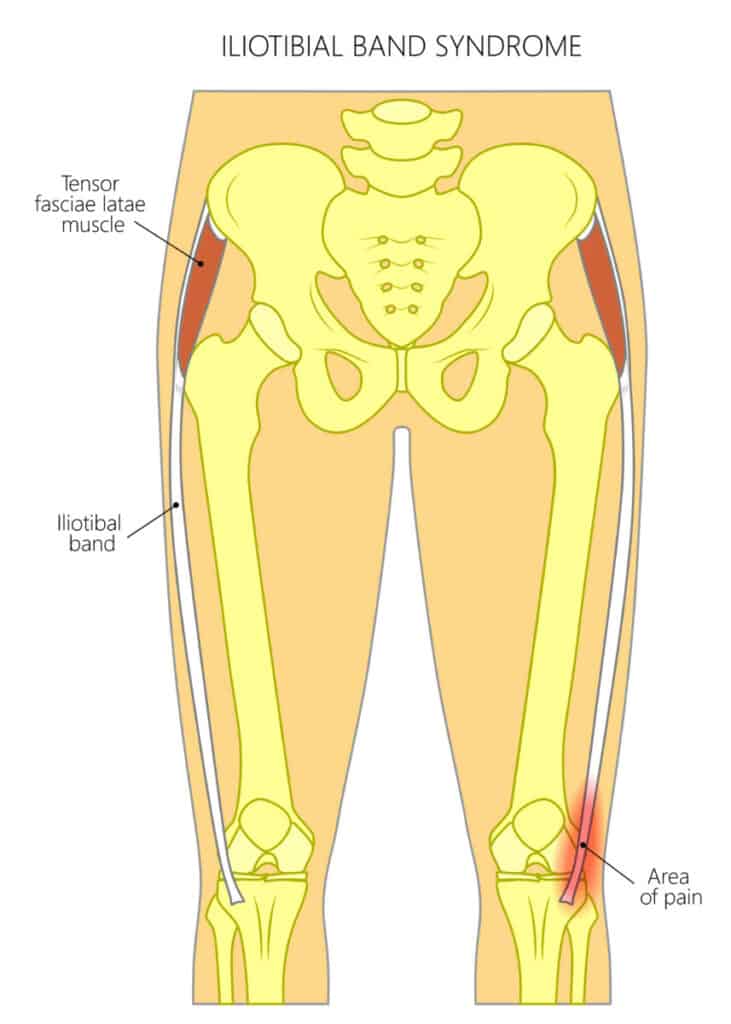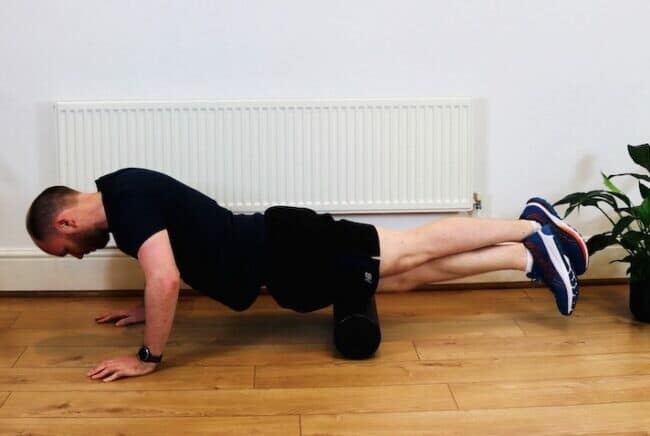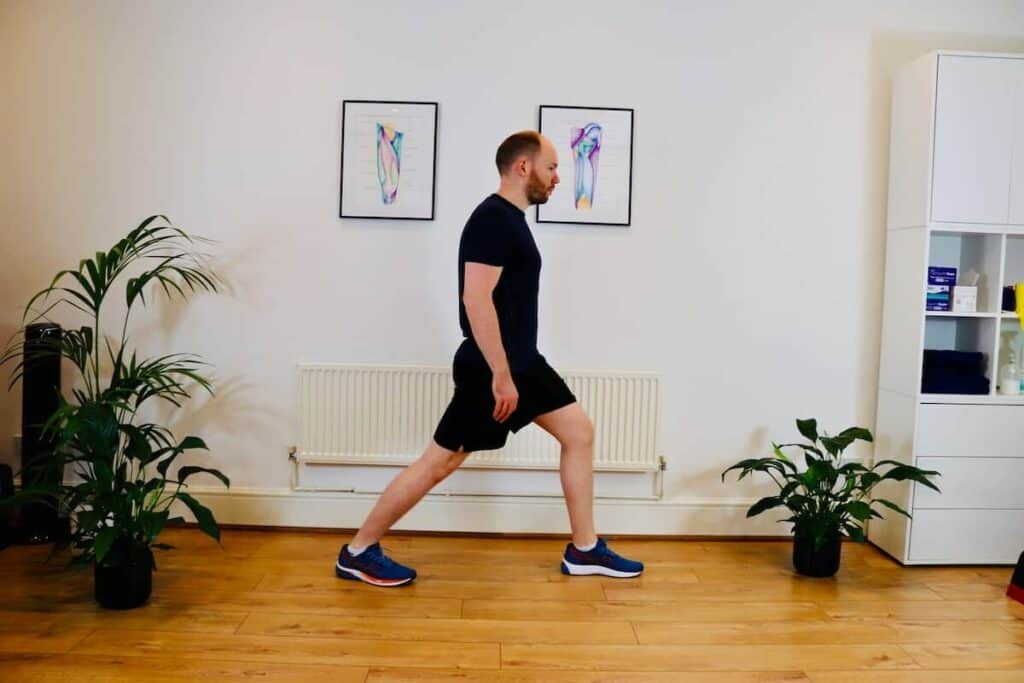What is IT Band Syndrome
- Best Asics Shoes for Flat Feet - October 25, 2024
- Best Running Shoes for Flat Feet - October 22, 2024
- Posterior Tibial Tendonitis - October 21, 2024
What is IT band Syndrome (ITBS)?
The Iliotibial Band is a very strong structure, which is confusing as it is not definitively a tendon, ligament, or a dense fibrous connective tissue similar to the plantar fascia. In reality, it is all three.
It is a tendon because it connects a muscle, the tensor fascia lata, to the bone. It is a ligament because it connects bone to bone and limits unwanted movement to provide stability. It is made of dense fibrous connective tissue. When this structure becomes irritated, it is called IT Band Syndrome.
The ITB is not only connected directly to the bone but also the surrounding muscles via further connective tissue. It connects to the gluteus maximus, quadriceps muscles, hamstring muscles, gastrocnemius muscles, and connective tissue around the outer side of the patella (knee cap). So, the condition of all of these muscles can impact the compressive forces of the ITB.
Symptoms
Iliotibial band pain is a knee injury that usually develops quickly during or after a particular activity, such as running. It is a very common cause of lateral knee pain. The symptoms are usually felt initially as a sharp pain on the outer aspect of the knee that will often worsen if the activity is continued.
The bony prominence on the outer thigh just above the knee is where symptoms are most commonly felt. At this point, the ITB can get compressed against the knee fat pad on the outer side of the knee joint. The highest compression is when the knee is bent to 20-30 degrees.

Causes
A small fat pad sits between the ITB and this bony prominence to protect the soft tissue from the hard bone. This structure becomes painful and inflamed with repeated compression from the ITB. It is not the ITB that is actually causing pain.
ITB syndrome is an overuse injury and is very common in runners. However, it can occur after excessive or unusual downhill walking, and occasionally, you can get Iliotibial band syndrome cycling. It can usually be linked to a change in the type of exercise, intensity, or volume.
Contributing factors include poor muscle recruitment or weakness around the hip joint, running biomechanics, foot posture, and fatigue. Therefore, ITB pain is very common among first-time half or full-marathon runners.
IT band Syndrome: Exercises to Avoid
If you have high pain levels, try to avoid strengthening exercises with a lot of knee bending, such as squats, lunges, and box jumps.
Avoiding lateral exercises such as a cross-over squat, lateral lunges, and side step-ups is sensible in the initial stages.
If you only get pain when running, ideally, you shouldn’t stop running completely but reduce your running speed and/or volume.
How to massage IT Band Syndrome?

As discussed earlier, the IT Band is an extremely strong structure. It is not possible to stretch your IT Band with a massage. Due to its connection to all surrounding muscles, massaging them can be helpful. In some cases, we recommend a deep-tissue massage to the quadriceps, calf, gluteal, and hamstring muscles.
Self-massage for IT Band Syndrome can be helpful using a foam roller for 2-3 minutes on each surrounding muscle. This should be followed by stretching these muscles for maximum pain relief.
We recommend receiving an official diagnosis before trying any of the above, as numerous conditions have a similar presentation to IT Band Syndrome.
Stretches for IT Band Syndrome
Supine Glute Stretch

Hamstring Stretch

Calf Stretch

__________________________________
We are specialists in treating foot conditions such as arthritis in the big toe joint and have experts in knee conditions in our clinic in Fulham, South West London. We also run a specialist Biomechanics and Custom Orthotics Service.
We offer Private Physiotherapy via online appointments for £60 and Face-to-Face appointments for £85 in our clinics.
View Locations Book Online 020 8785 2232
